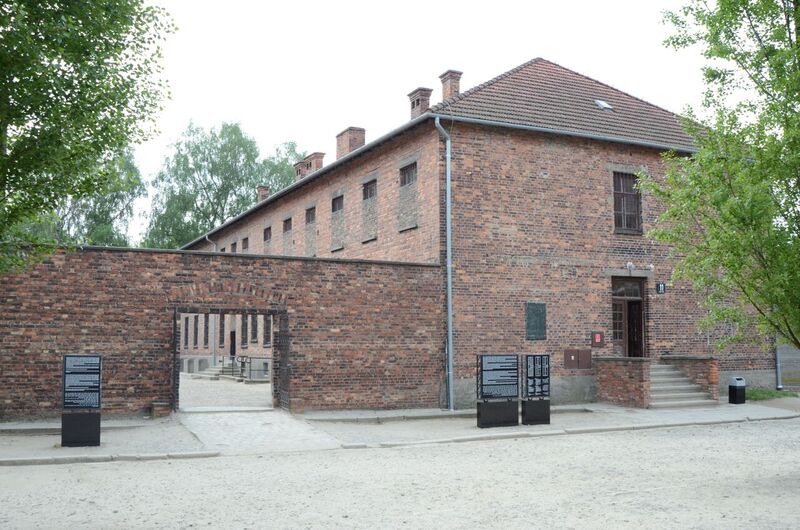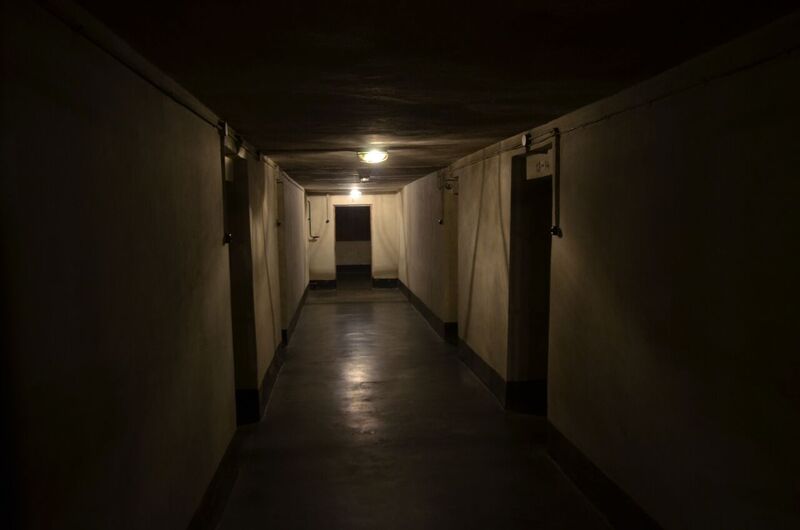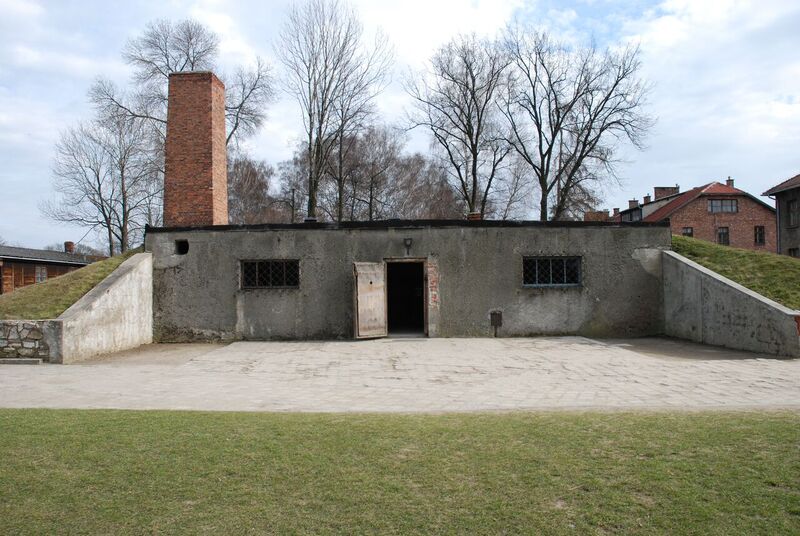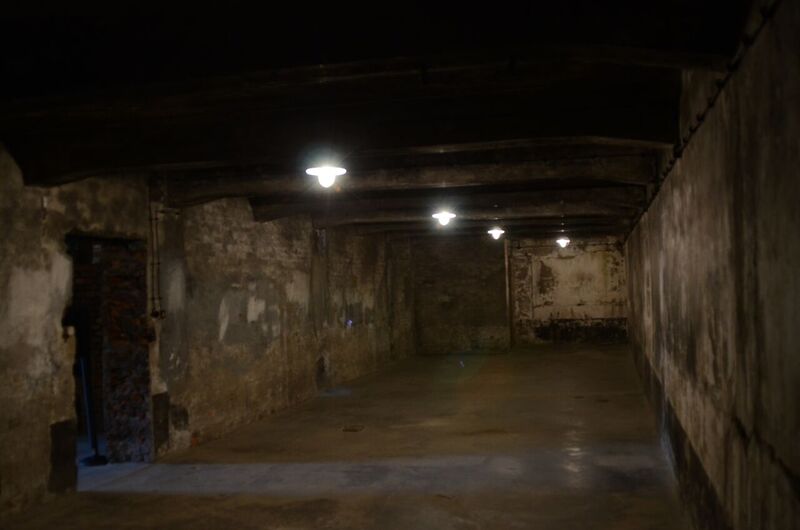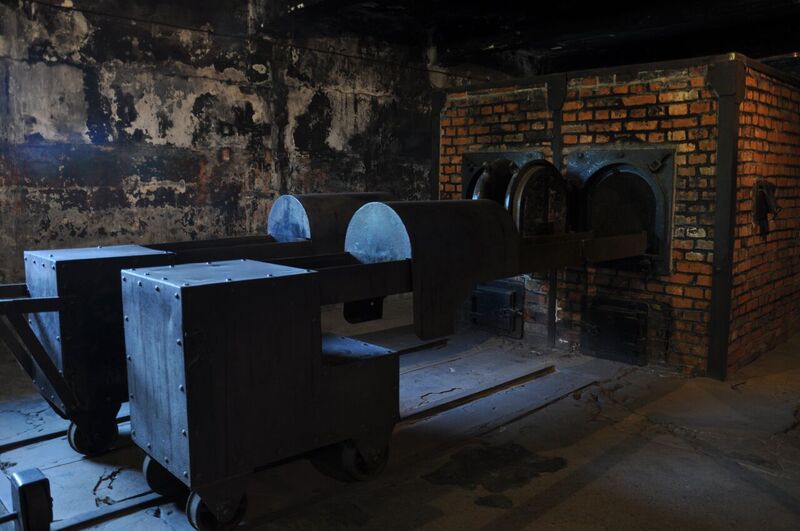However it is known from the testimonies of SS staff and former inmates that a number of small transports of Jews were killed in that chamber early in 1942. Where they came from has as yet not been ascertained. Probably, from the labour camps of “Organisation Schmelt” in Silesia, where they underwent selection, and the sick and exhausted were transported to Auschwitz and killed, to an extent in a form of euthanasia.
Yet the SS only used the gas chamber adjacent to Crematorium I when there was need to kill a small number of people, as its role was limited by the furnace capacity: originally burning 200 bodies a day, and later, after adding the third furnace—340 bodies a day. If far larger transports of Jews were sent for extermination, the crematorium would not be able to burn the bodies of inmates who were murdered in the camp for two or three days.
That is why, on the order of Commandant Höss, a residential house standing on the edge of woodland in Brzezinka/Birkenau, which had previously belonged to an evicted Polish family, was remodelled into a gas chamber (so-called Bunker I) in March 1942. The initial works, entailing the walling up of the windows, breaking holes in the walls for dropping Zyklon B, and installation of a powerful door had been completed by around 23 March, because on that day, a few hundred Jews were probably killed inside. It is not fully clear what procedure the SS staff applied in the extermination; all that is known is that they selected several men from among the deported; these laid the corpses removed from within the bunker in a mass grave. (It remains unknown whether the grave was ready before their arrival, or whether they had to dig it themselves.) These men were later transported to Auschwitz camp, and killed with injections of phenol into the heart.

